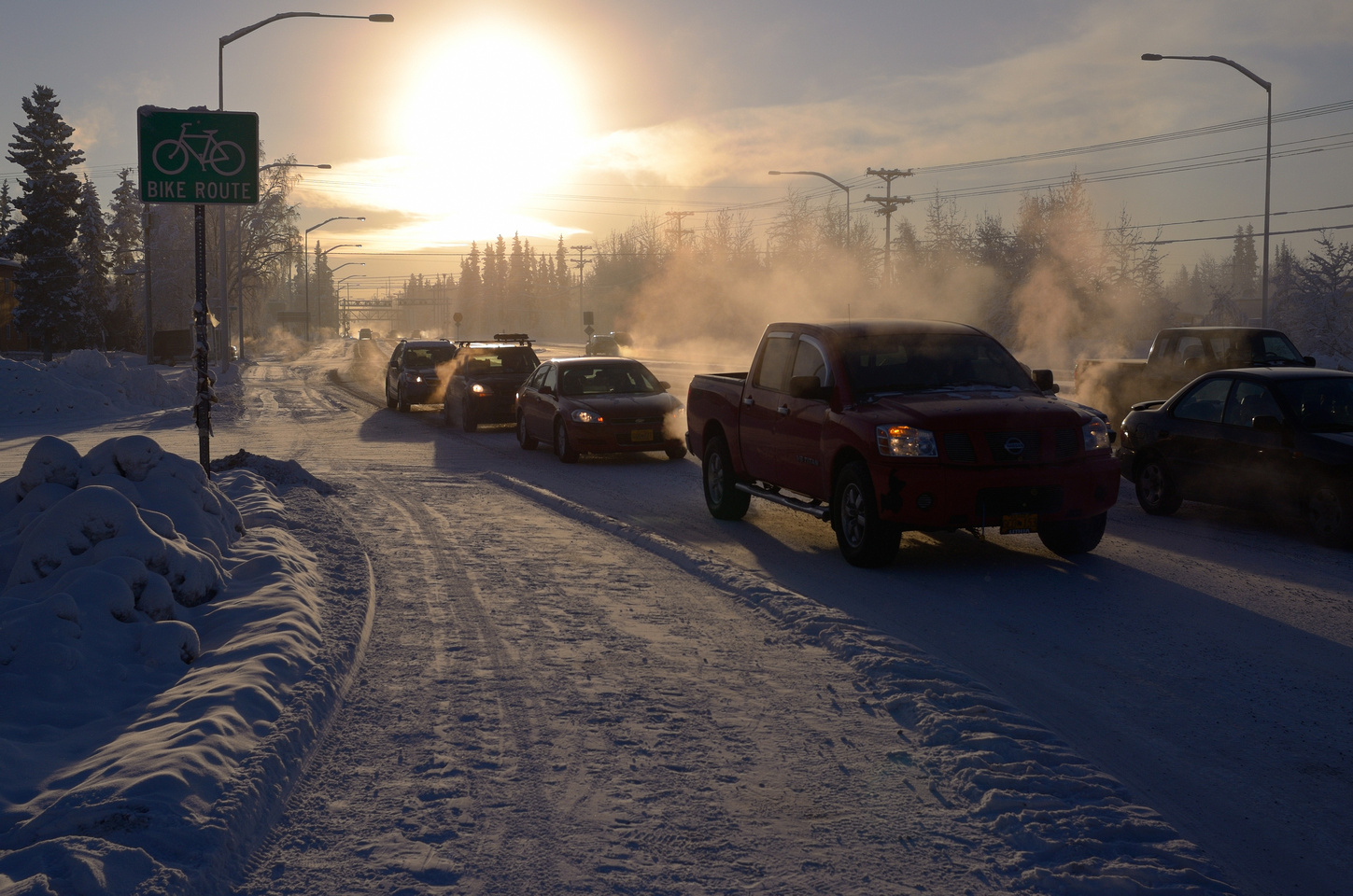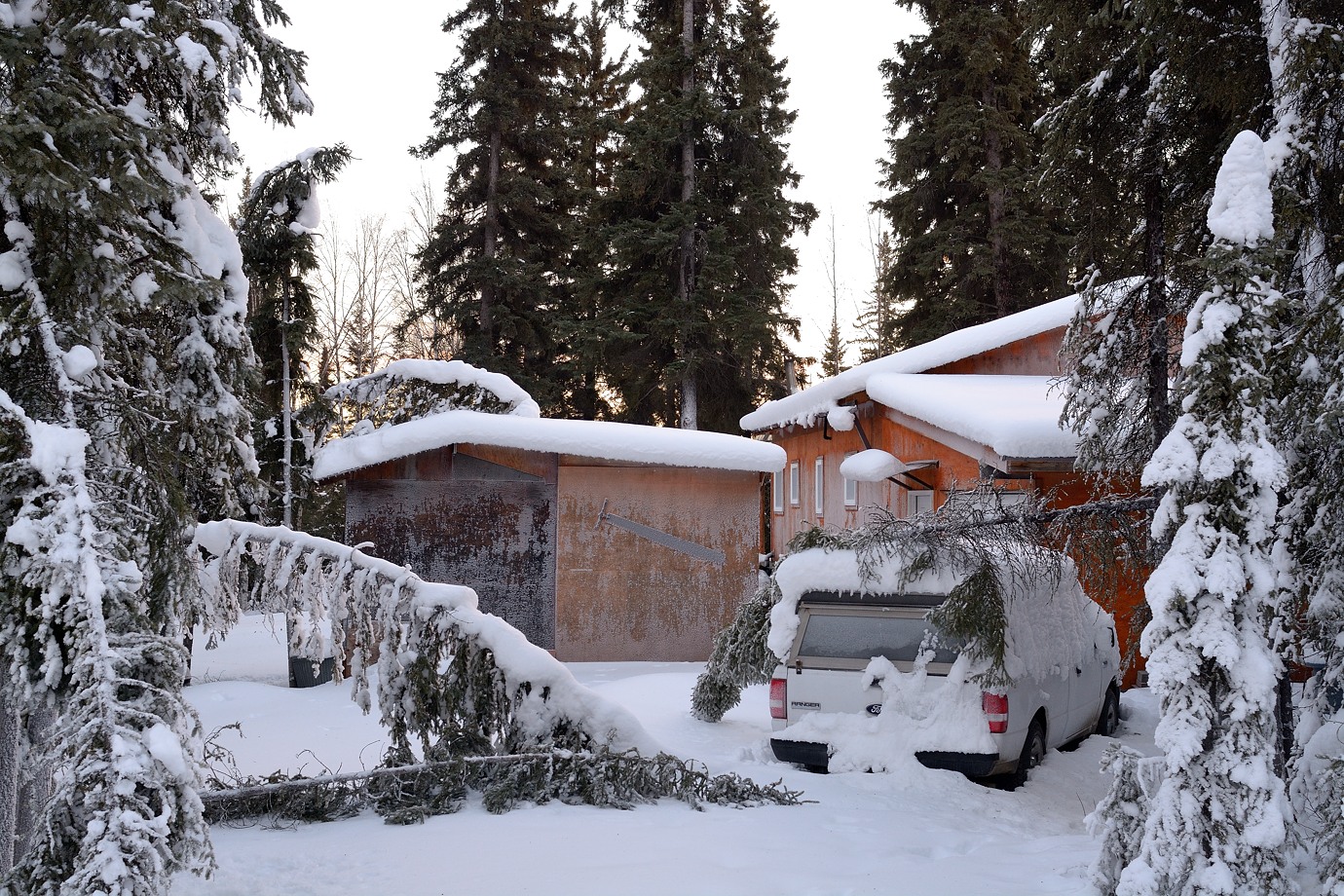The AiS 28/2.8 produces a bit more flare than any of the 28/2's, or the earlier 28/2.8K, or the early 28/3.5 F/K. Both types of flare, BTW: Diffuse flare (as has been described) plus what I call acute flare (also known as ghosts or ghost images) that come from intense spot/specular light sources. I still regard it as a highly valuable lens due to it's incredibly flat field in the close up range, and the relatively low cost to purchase.
I cannot say I see much diffuse type of flare/bleeding of light into shadows with my copy of the 28 mm f/2.8 AIS. It certainly flare and ghost a lot more with sun in the frame or sunlight hitting the front element than my Nikon 12-24mm which is excellent in that regard, and even more so in IR (I tend use an NC filter on it which can be partly responsible), but otherwise it provides good contrast an delineation between quite light and dark areas. Here are two examples of challenging situations, captures at f/7.1 and f/8 respectively. (It is chipped and can be controlled from the body, thus the 1/3 aperture step, but registered as 45mm in EXIF before I re-chipped it).
#1

28mm f/2.8 AIS @ f/7.1 on NIKON D200, 1/180s, ISO 200
#2

28mm f/2.8 AIS @ f/8 on NIKON D5100, 1/1250s, ISO 100 (What could look like flare in the background is ice-fog, not flare.)
Not as dark shadows as my Nikon 12-24mm, but that lens is exceptional in that respect.
Edit: Hit upon another one which might have been posted here before, perhaps even better example:
#3

28mm f/2.8 AIS @ f/8 on NIKON D7100, 1/50s, ISO 800